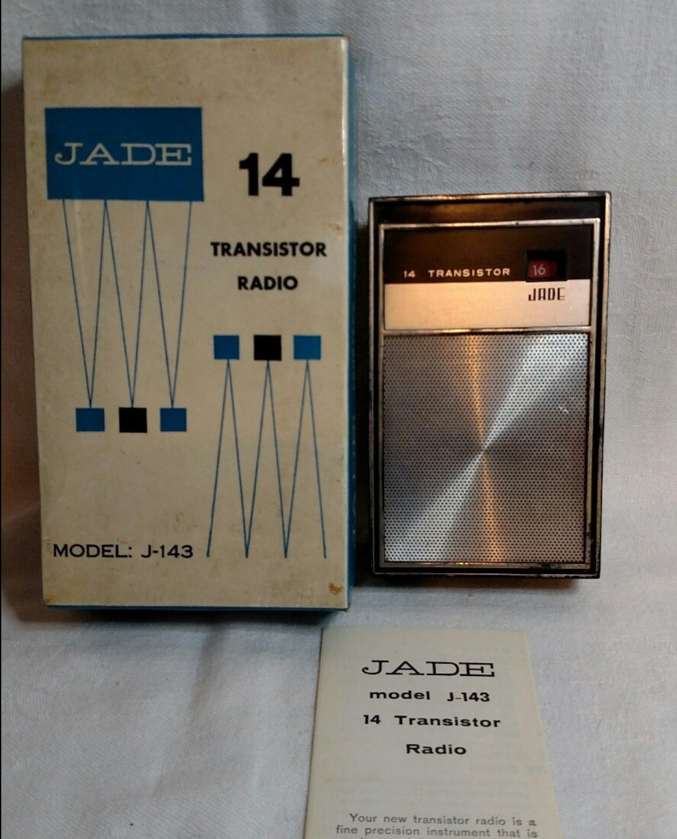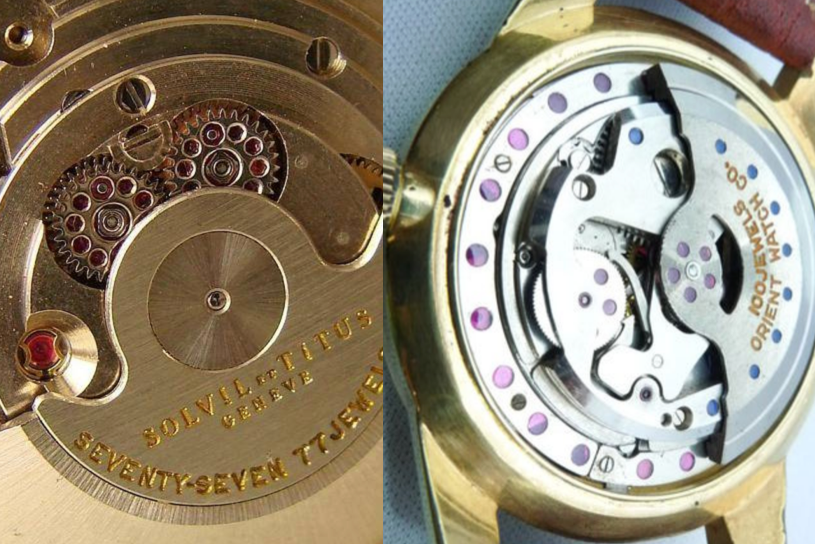Marketing technology is a dirty job. One pattern emerges over and over: hyping up the presence of some technology whether it makes sense or not, as long as it sways some consumers.
Early transistor radios always prominently featured the number of transistors everywhere, and I've heard the tales of Japanese companies including extra ones just to up the count.

I always thought that was just a legend, but a quick search turned up this amazing article from Billboard. In 1967 the FTC held hearings on the subject:
The clearest thing to come out of the Commission’s recent oral hearing on the “wild numbers rat race” in transistor advertising was that the whole issue is pretty cloudy. It also appeared that future developments in the complexities of engineering and design will make it even more so.
…
At the Oct. 4 oral hearing, Harry Gelbert, of Excello American Industries, a New York importer who sells to chain stores, department stores, retailers and wholesalers, said his company had to discontinue sales of “fraudulently” stamped transistor sets from a certain Japanese firm which stamped sets as having 14 transistors, when they had only six. Some had “dummy” and “tandem” transistors, some did not even bother to include dummies.
Gelbert said his retailer and wholesaler customers, deceived by numbers claims, complained when discounters would advertise a 14-transistor set for $2.95, when Gelbert’s firm had to charge $3.20 for a six-transistor set. A spokesman for EIA’s Japanese affiliate said the Japanese government had “censured” the offending firm, that standards were continually being raised on Japanese product, and he was sure there would be very little of this kind of trouble in the future.
But importer Gelbert said the "fraudulently" stamped sets were still pouring in “by the thousands” from Korea, Hong Kong and Okinawa.
Billboard, October 28 1967
I bet Mr. Gelbert sported wicked sideburns and the "censuring" by the Japanese government was most severe.
Another case in point is this amazing article from Wikipedia about the Jewel Inflation of 1960s.
It is doubtful whether adding jewels in addition to the ones listed above is really useful in a watch. It does not increase accuracy, since the only wheels which have an effect on the balance wheel, those in the going train, are already jeweled. Marine chronometers, the most accurate portable timepieces, often have only 7 jewels. Nor does jeweling additional wheel bearings increase the useful life of the movement; as mentioned above most of the other wheels do not get enough wear to need them.However, by the early 20th century watch movements had been standardized to the point that there was little difference between their mechanisms, besides quality of workmanship. So watch manufacturers made the number of jewels, one of the few metrics differentiating quality watches, a major advertising point, listing it prominently on the watch's face. Consumers, with little else to go on, learned to equate more jewels with more quality in a watch. Although initially this was a good measure of quality, it gave manufacturers an incentive to increase the jewel count. Around the 1960s this 'jewel craze' reached new heights, and manufacturers made watches with 41, 53, 75, or even 100 jewels. Most of these additional jewels were totally nonfunctional; they never contacted moving parts, and were included just to increase the jewel count. For example, the Waltham 100 jewel watch consisted of an ordinary 17 jewel movement, with 83 tiny pieces of ruby mounted around the automatic winding rotor
Wikipedia

Adding gratuitous jewels to watches or transistors to radios might seem quaintly outdated, but I've encountered this technique in technology over and over in my career.
Once I was told of a project where the boss was enamored with a Microsoft product called BizTalk Server. I was never able to figure out what exactly it did back then (it appeared to be an XSLT transform engine of some kind), but it was marketed with gusto by Microsoft reps. It seems to exist today, and by jingo it has everything that you could want out of a piece of software: connect seamlessly, extend to the cloud, and go beyond integration. You wouldn't want a seamy connection, or extend a little lower than the cloud cover, or dammit, just simply reach integration and stop there.

The Microsoft consultants who actually had to do the work used normal Microsoft products, like SQL Server and .NET to accomplish the tasks that they needed, but at the end they simply installed BizTalk and left it sitting there, not doing anything.
At the time I had to work with Microsoft SharePoint Server, an awful, awful monolithic conglomerate of awfulness. Developing native code for SharePoint was ridiculously difficult. But it had one component that everybody used to get out of having to write native code: an iframe that would let you write a little web app outside of Sharepoint and seamlessly bring it inside. Seamlessly, like BizTalk.
There's no limit to how much you can manjazzle your product these days. Cloud, Big Data, AI, Blockchain, Augmented Reality. I just think we need to start counting the clouds, and the datas, and say exactly how many crypto links are there in the block chains. The singularity is nearer and nearer with each day.